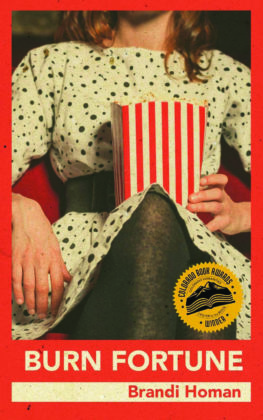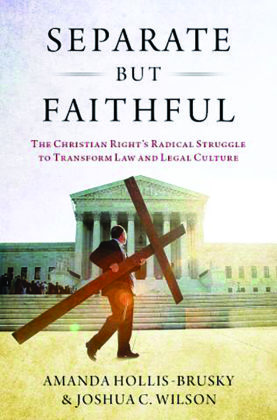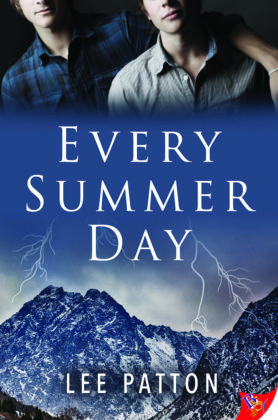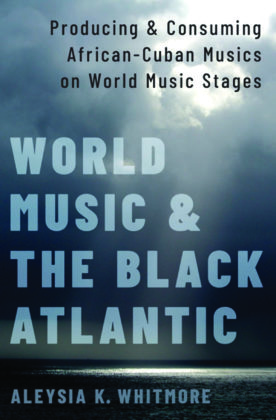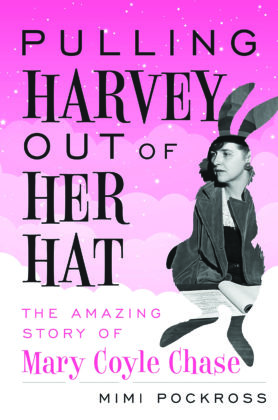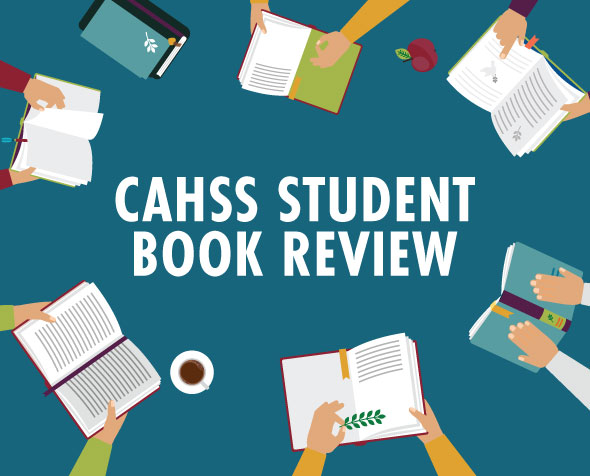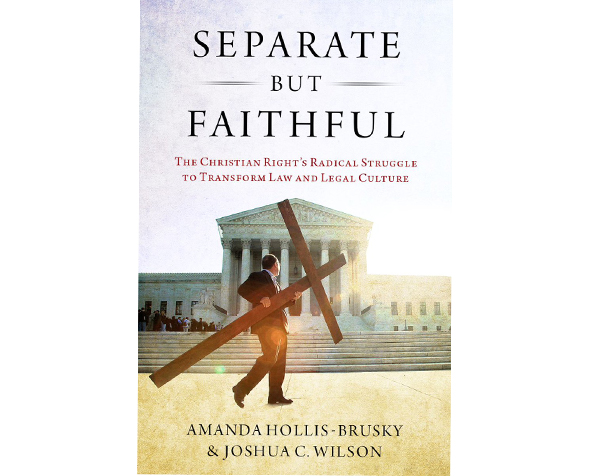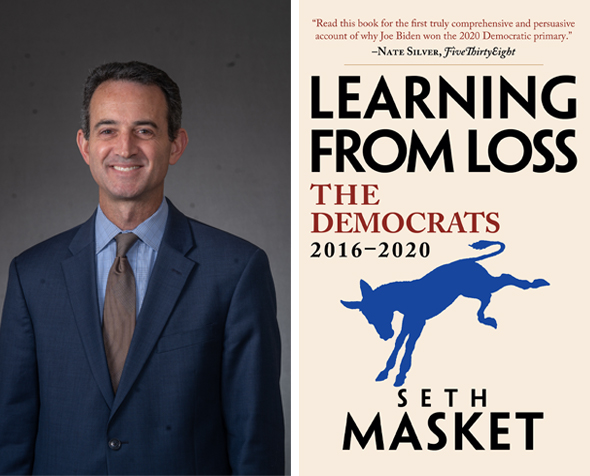New Titles Offer Food for Thought and Entertaining Distractions
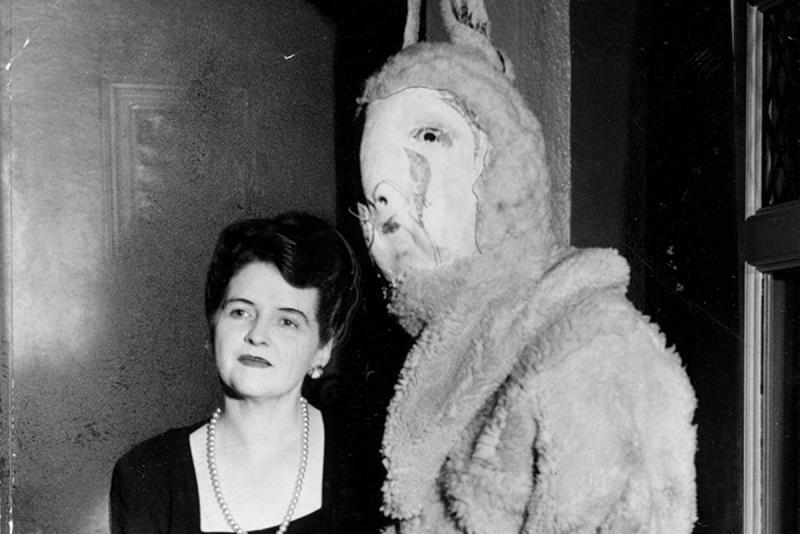
A new biography examines the life of alumna Mary Coyle Chase, author of a much-celebrated play about an imaginary rabbit. Photo courtesy of Mimi Pockross.
This article originally appeared in the fall issue of University of Denver Magazine.
A coming-of-age tale explores the need to escape
With “Burn Fortune” (Clash Books, 2019), DU alumna Brandi Homan introduces readers to a 16-year-old “corn-detasseling flag twirler” who shares a first name with June Carter Cash. Growing up in the early 1990s in a dysfunctional household in a conservative Iowa town, June contends with both the banality of her everyday existence and the violence of sexual assault. She finds escape and an alternative narrative by obsessing over the films of waifish Jean Seberg, a famous actress hailing from her hometown. Known for her star turns in “Saint Joan” and in Jean Luc Godard’s “Breathless,” Seberg played characters that prompt June to ask how her life might transcend its origins.
Much of “Burn Fortune,” which is told in the first person, was written while Homan was a student in DU’s celebrated PhD program in creative writing. Foreword Reviews calls it “a haunting narrative about a girl’s passage through the invisible gauntlet of sexual violence.” The Manhattan Book Review, meanwhile, credits the slender novel with adding an intriguing twist to the coming-of-age tale: “What Homan gives readers is a rather clear monologue of an early nineties midwestern teen girl in a forgettable town trying to find room to breathe and be something more.”
The book has been received just as enthusiastically in Homan’s backyard, winning the 2020 Colorado Book Award for Literary Fiction and a nod from Denver’s Westword, which named it 2020’s Best New Colorado Novel.
The Christian right's quest to transform legal culture
Following the Supreme Court’s landmark Roe v. Wade decision, which established a woman’s right to choose to have an abortion, the Christian right began devising a strategy to undo the protections afforded by the case. That strategy involved creating law schools and legal organizations to mount court challenges and shape public opinion.
In “Separate but Faithful: The Christian Right’s Radical Struggle to Transform Law and Legal Culture” (Oxford University Press, 2020), DU political scientist Joshua Wilson and co-author Amanda Hollis-Brusky of Pomona College examine these efforts and evaluate their effect on law and legal culture. The Christian right, they argue, has successfully established a separate but faithful space from which to mount incremental challenges against the dominant legal culture.
A summer's tale with familiar settings, enduring themes
No matter where a reader lives, it’s always a delight to discover a book that sets a gripping story in a recognizable ZIP code.
For Denverites, DU alumnus Lee Patton delivers that compelling blend with his latest novel, “Every Summer Day” (Bold Strokes Books, 2020). Set during a summer unmarred by the coronavirus pandemic, the book introduces readers to young history teacher Luke Devlin, who decides to record every day of his vacation in a journal, lest all the days blur in his memory. He’s no more than a few entries in when his plans are derailed by a family crisis involving a potentially fatal illness. Meanwhile, Luke finds himself immersed in a love affair with a mysterious Wyoming rancher.
While managing all this, Luke also struggles to complete a master’s thesis at the University of Denver. It’s unlikely that DU alumni will recognize the featured professors — they’re the product of Patton’s imagination — but they’re sure to identify with Luke’s inconvenient case of writer’s block, his research dilemmas and his reaction to looming deadlines. In “Every Summer Day,” it’s not just the ZIP code that’s recognizable.
The global reach of the Black Atlantic
Lovers of world music know that cultural influences don’t respect national borders. That’s nowhere more evident than in the way West African and Latin American collaborations have enriched the listening options for audiences all over the world.
In her new book, “World Music and the Black Atlantic” (Oxford University Press, 2020), Aleysia Whitmore, an assistant professor of ethnomusicology at the Lamont School of Music, looks at how musicians, the music industry and audiences create, promote and consume music that meshes both African and Cuban influences. Specifically, she follows two groups, the dance band Orchestra Baobab and the Grammy-nominated AfroCubism, to learn more about how Black cultures influence other cultures rimming the Atlantic and the transnational exchanges that make world music such a hot commodity in a postcolonial world.
Billed as the first ethnography examining world music from across three continents, Whitmore’s book offers insight into how musicians produce and disseminate knowledge about colonial histories and traditions. Not only do they get the world dancing, but they transmit stories and shape attitudes toward everything from independence movements to global travel.
The DU alumna behind theatre's mischievous rabbit
DU alumna Mary Coyle Chase was a Denver-born journalist, children’s novelist and playwright beloved for “Harvey,” the Pulitzer Prize-winning Broadway play that was made into a Universal Studios film starring Jimmy Stewart. The play introduced the world to the befuddled eccentric Elwood P. Dowd, whose best friend is an invisible 6-foot-plus rabbit named Harvey. “Harvey” won the Pulitzer Prize in 1945, beating out Tennessee Williams’ “The Glass Menagerie” and bringing fame to its hard-working creator.
The original manuscript of this beloved work — complete with the author’s scribblings and notes to self — is housed in DU’s archives. Chase’s own story, meanwhile, is chronicled in “Pulling Harvey Out of Her Hat: The Amazing Story of Mary Coyle Chase” (Rowman & Littlefield, 2020) by Mimi Pockross. The book references Chase’s time at DU, noting that one of her first plays debuted on campus. It goes on to describe her career as a newspaper reporter, her life as a working wife and mother, and her success in theatrical circles. Packed with juicy vignettes about the theater industry, the story is also populated by the big-name celebrities of yore: Antoinette Perry, namesake for the Tony Awards; producer Brock Pemberton; and, of course, Stewart, the film star best known for his role in “It’s a Wonderful Life.
Read a Q&A with author Mimi Pockross on how she discovered and immersed herself in the life of Mary Coyle Chase.
